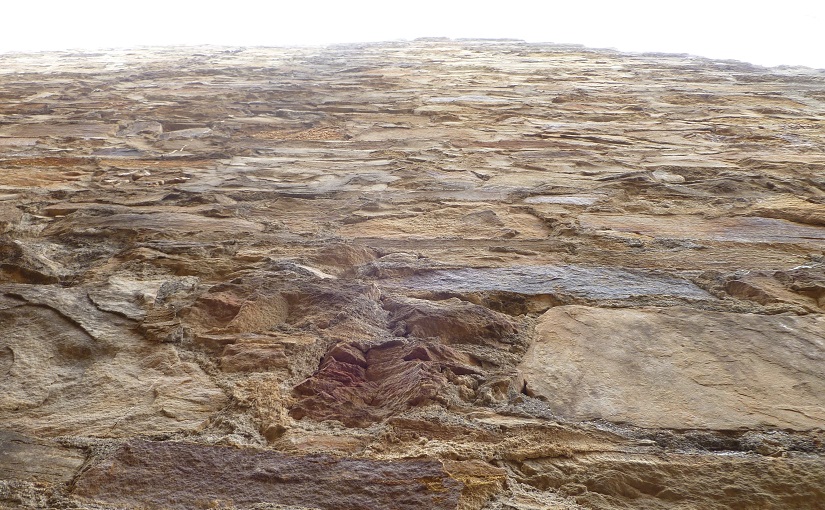In the past, I’ve been reticent about the reworking of mindfulness or other traditional practices for the modern world – the way whole bodies of understanding and context are snipped away, leaving neatly-packaged techniques for the Western marketplace. This idea of discarding the bigger picture of a spiritual mindset to offer products without the inconvenience of depth.
Perhaps it’s only to be expected though? Living in a society that’s dismissed any form of “belief” as unreasonable, there’s likely no room for bringing full systems of it back in to help us manage the psychology of living (Notes One). Maybe it’s only natural the West look around for specific activities that can soothe troubled minds and help us meet the world with a calmer, more compassionate sense of self.
Within all that, Pema Chodron does a wonderful job of making Buddhist thinking accessible and relevant without losing the greater sense of where these practices “sit” within that spiritual context. This stance of standing deep within her tradition, yet speaking in a way people can approach and gain something from without having to ‘go there’.
It’s as if she’s created a room on the edges of Buddhist thought where modern minds can enter, hear useful perspectives, and receive effective strategies for managing our lives. Without undermining the fact there’s ‘more to it’, she’s offering something our hearts and minds seem to need: “Living Beautifully with Uncertainty and Change”, although written in 2012, could hardly be more relevant to current times (Notes Two).
The basic premise is how “As human beings we share a tendency to scramble for certainty whenever we realize that everything around us is in flux… But in truth, the very nature of our existence is forever in flux… We seem doomed to suffer simply because we have a deep-seated fear of how things really are.”
And, in the face of that, “Is it possible to increase our tolerance for instability and change? How can we make friends with unpredictability and uncertainty – and embrace them as vehicles to transform our lives?” Basically, then, a question of how we should live. Life being, by its very nature, destined to pass and change, how can we understand ourselves and respond well to the world around us?
It’s an interesting challenge for the West as, really, we seem quite superficial – clinging to all these things and believing they somehow define us and make our lives meaningful. From the perspective Chodron offers, this life of fixed identity, attachment, and the strong emotions accompanying it might be better used as paths to awakening.
A picture of taking the self a little less seriously – defusing the bomb in terms of how we react to life – by committing to not cause harm, but be good to each other; to help others and ease suffering; and, embrace the world just as it is. As seeds of ideas that can clearly flourish into a complex spiritual tradition, these seem pretty solid principles for how we might decide to be human.
Notes and References:
“Living Beautifully with Uncertainty and Change” by Pema Chödrön, (Shambhala, Boston), 2012.
Note 1: Do we need meaning?
Note 1: Mindfulness, antidote to life or way of being
Note 1: “Spiritual Emergency”
Note 1: Power in what we believe
Note 1: Spirit as the invisible
Note 2: What really matters
Note 2: The power of understanding
Note 2: Do we know what stands before us?
Note 2: Ways thought adds spin to life
Note 2: The sense of having a worldview

